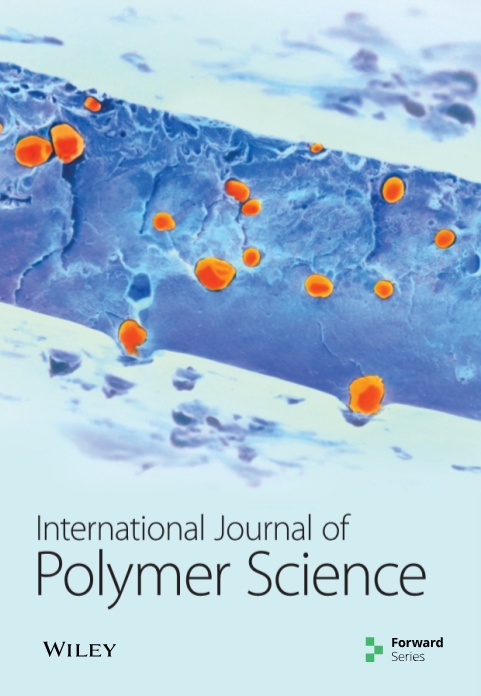Peptide–Polymer Conjugates: A Promising Therapeutic Solution for Drug-Resistant Bacteria
IF 4.4
4区 化学
Q2 POLYMER SCIENCE
引用次数: 4
Abstract
By 2050, it is estimated that 10 million people will die of drug-resistant bacterial infection caused by antibiotic abuse. Antimicrobial peptide (AMP) is widely used to prevent such circumstances, for the positively charged AMPs can kill drug-resistant bacteria by destroying negatively charged bacterial cell membrane, and has excellent antibacterial efficiency and low drug resistance. However, due to the defects in low in vivo stability, easy degradation, and certain cytotoxicity, its practical clinical application is limited. The emergence of peptide–polymer conjugates (PPC) helps AMPs overcome these shortcomings. By combining with functional polymers, the positive charge of AMPs is partially shielded, and its stability and water solubility are improved, so as to prolong the in vivo circulation time of AMPs and reduce its cytotoxicity. At the same time, the self-assembly ability of PPC enables it to assemble into different nanostructures to undertake specific antibacterial tasks. At present, PPC is mainly used in wound dressing, bone tissue repair, antibacterial coating of medical devices, nerve repair, tumor treatment, and oral health maintenance. In this study, we summarize the structure, synthesis methods, and the clinical applications of PPC, so as to present the current challenges and discuss the future prospects of antibacterial therapeutic materials.肽-聚合物缀合物:耐药细菌的一种有前途的治疗方案
到2050年,估计将有1000万人死于滥用抗生素引起的耐药细菌感染。抗菌肽(Antimicrobial peptide, AMP)被广泛用于防止这种情况的发生,因为带正电荷的AMP可以通过破坏带负电荷的细菌细胞膜来杀死耐药细菌,具有优异的抗菌效率和较低的耐药性。但由于其体内稳定性低、易降解、有一定的细胞毒性等缺陷,限制了其实际临床应用。肽-聚合物偶联物(PPC)的出现帮助amp克服了这些缺点。通过与功能聚合物结合,部分屏蔽AMPs的正电荷,提高其稳定性和水溶性,从而延长AMPs的体内循环时间,降低其细胞毒性。同时,PPC的自组装能力使其能够组装成不同的纳米结构来承担特定的抗菌任务。目前,PPC主要应用于伤口敷料、骨组织修复、医疗器械抗菌涂层、神经修复、肿瘤治疗、口腔保健等领域。在本研究中,我们对PPC的结构、合成方法、临床应用进行了综述,提出了抗菌治疗材料目前面临的挑战,并探讨了抗菌治疗材料的未来前景。
本文章由计算机程序翻译,如有差异,请以英文原文为准。
求助全文
约1分钟内获得全文
求助全文
来源期刊

International Journal of Polymer Science
POLYMER SCIENCE-
CiteScore
6.10
自引率
0.00%
发文量
55
审稿时长
>12 weeks
期刊介绍:
The International Journal of Polymer Science is a peer-reviewed, Open Access journal that publishes original research articles as well as review articles on the chemistry and physics of macromolecules.
 求助内容:
求助内容: 应助结果提醒方式:
应助结果提醒方式:


